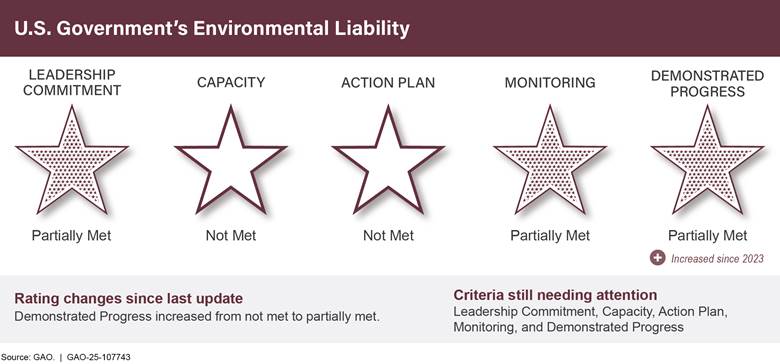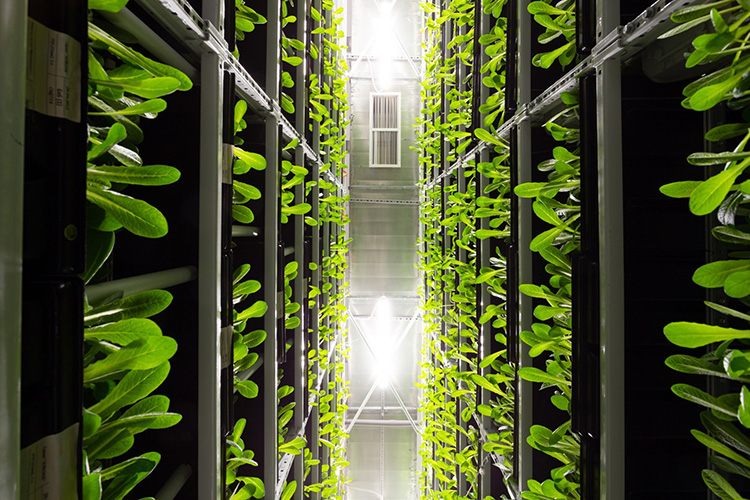Report on Microbial Carbon Fixation in Semiarid Farmlands and its Contribution to Sustainable Development Goals
Introduction: Advancing Climate Action and Sustainable Land Management
A recent study provides critical insights into the role of soil microbes in carbon sequestration within semiarid agricultural ecosystems. This research directly addresses key United Nations Sustainable Development Goals (SDGs), particularly SDG 13 (Climate Action) and SDG 15 (Life on Land). By elucidating the mechanisms of microbial carbon fixation, the findings offer a pathway to enhance soil’s capacity as a carbon sink, mitigate climate change, and promote sustainable land use. The study, a collaboration between China Agricultural University and the Chinese Academy of Sciences, aligns with SDG 17 (Partnerships for the Goals) by leveraging joint expertise to tackle global environmental challenges.
Research Methodology and Objectives
The research employed innovative scientific techniques to investigate microbial activity, reflecting progress toward SDG 9 (Industry, Innovation, and Infrastructure). The primary methods and objectives included:
- Combining metagenomics with 13CO2 isotope tracing to identify and quantify carbon fixation by soil microbes.
- Classifying the dominant autotrophic microbial species (photoautotrophs and chemoautotrophs) in semiarid farmland soils.
- Assessing the in situ carbon fixation rates to understand their real-world contribution to the soil carbon cycle.
- Identifying the specific carbon fixation pathways utilized by these microbial communities to gauge their functional redundancy and resilience.
Key Scientific Findings
The study revealed significant details about the composition and function of carbon-fixing microbial communities in semiarid soils.
- Microbial Composition: Chemoautotrophs were the most abundant group, constituting 86.4% of the total autotrophic microbes, while photoautotrophs comprised the remaining 13.6%.
- Fixation Efficiency: Despite their lower numbers, photoautotrophs demonstrated a significantly higher carbon fixation rate per unit of abundance, approximately 1.5 times greater than that of chemoautotrophs.
- Combined Sequestration Rate: Together, these microbial groups fix atmospheric CO2 at a rate of 5.961 mg C m-2 d-1, highlighting their collective impact on carbon sequestration.
- Ecosystem Resilience: The microbes utilize six distinct carbon fixation pathways, providing functional redundancy that enhances the soil’s adaptive capacity to environmental changes, a crucial element for achieving the targets of SDG 13 and SDG 15.
Implications for Sustainable Development Goals
The research findings have profound implications for global sustainability efforts, offering actionable insights for land management strategies that support multiple SDGs.
SDG 13: Climate Action
- The study quantifies a natural mechanism for sequestering atmospheric CO2, offering a nature-based solution to climate change mitigation.
- By understanding the roles of photoautotrophs and chemoautotrophs, land management practices can be optimized to enhance the soil’s function as a reliable carbon sink.
SDG 15: Life on Land
- The research underscores the importance of microbial biodiversity for healthy and functional terrestrial ecosystems.
- It provides a scientific basis for sustainable land management practices that protect and restore soil health, combat desertification, and halt biodiversity loss at the microbial level.
SDG 2: Zero Hunger
- Enhanced soil carbon storage is directly linked to improved soil fertility, water retention, and overall health.
- This contributes to creating more resilient and productive agricultural systems, which are fundamental to achieving food security and promoting sustainable agriculture.
Conclusion: A Pathway to Integrated Sustainability
This study illuminates the vital, yet previously underexplored, role of autotrophic microbes in the global carbon cycle. The findings provide a scientific foundation for developing innovative agricultural strategies that simultaneously advance climate action, ensure sustainable land use, and support global food security. Harnessing the power of these microbial communities represents a significant step toward achieving the interconnected objectives of the Sustainable Development Goals, creating resilient ecosystems and sustainable farming systems for the future.
Relevant Sustainable Development Goals (SDGs)
SDG 13: Climate Action
- The article directly addresses climate change mitigation by exploring how soil microbes can enhance the soil’s capacity to “capture and store atmospheric CO2.” The research aims to understand these processes to “revolutionize strategies for managing soil carbon” and contribute to “climate change mitigation.”
SDG 15: Life on Land
- The study focuses on “semiarid farmlands,” a type of terrestrial ecosystem vulnerable to degradation. It investigates “soil health” and the role of microbial communities in maintaining it. The findings offer “actionable insights for land management strategies” to restore soil quality, which is central to protecting life on land.
SDG 2: Zero Hunger
- The research is set in an agricultural context (“semiarid farmlands”) and aims to inform “sustainable farming practices.” By improving “soil carbon storage” and enhancing the “resilience of agricultural soils,” the study contributes to creating “more resilient, sustainable farming systems,” which are essential for long-term food security.
Specific Targets Identified
SDG 13: Climate Action
- Target 13.1: Strengthen resilience and adaptive capacity to climate-related hazards and natural disasters in all countries. The article supports this by highlighting how understanding microbial carbon fixation can “enhance the resilience of agricultural soils to climate variability.”
- Target 13.2: Integrate climate change measures into national policies, strategies and planning. The research provides a scientific basis for “land management strategies aimed at enhancing soil carbon sequestration,” which can be integrated into broader climate policies.
SDG 15: Life on Land
- Target 15.3: By 2030, combat desertification, restore degraded land and soil, including land affected by desertification, drought and floods, and strive to achieve a land degradation-neutral world. The study’s focus on improving soil health and carbon storage in “semiarid farmlands” directly contributes to restoring degraded soil and combating desertification.
SDG 2: Zero Hunger
- Target 2.4: By 2030, ensure sustainable food production systems and implement resilient agricultural practices that increase productivity and production, that help maintain ecosystems… and that progressively improve land and soil quality. The article explicitly states that its findings can help “develop more effective strategies to improve soil carbon storage and support sustainable farming practices” and create “resilient, sustainable farming systems.”
Indicators for Measuring Progress
Implied and Mentioned Indicators
- Rate of Carbon Fixation: The article provides a specific, measurable indicator for carbon sequestration. The study demonstrated that photoautotrophs and chemoautotrophs together can fix CO2 at a rate of “5.961 mg C m-2 d-1.” This metric can be used to measure the effectiveness of land management practices in enhancing soil carbon capture.
- Abundance of Autotrophic Microbes: The research quantifies the microbial composition, noting that “chemoautotrophs comprised the majority… accounting for 86.4% of the total, while photoautotrophs made up 13.6%.” Monitoring the relative abundance of these key microbial groups can serve as an indicator of soil health and its carbon sequestration potential.
- Microbial Carbon Fixation Efficiency: The study found that “photoautotrophs exhibited significantly higher carbon fixation rates per unit of microbial abundance, approximately 1.5 times greater than their chemoautotrophic counterparts.” This efficiency ratio can be used as an indicator to assess the functional capacity of the soil microbial community.
Summary of Findings
| SDGs | Targets | Indicators |
|---|---|---|
| SDG 13: Climate Action |
|
|
| SDG 15: Life on Land |
|
|
| SDG 2: Zero Hunger |
|
|
Source: newswise.com







